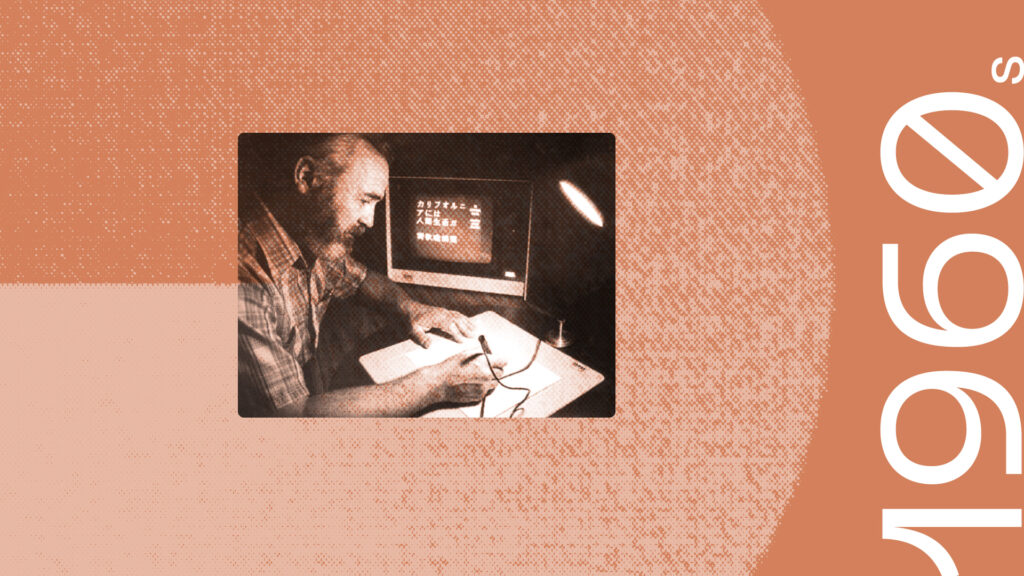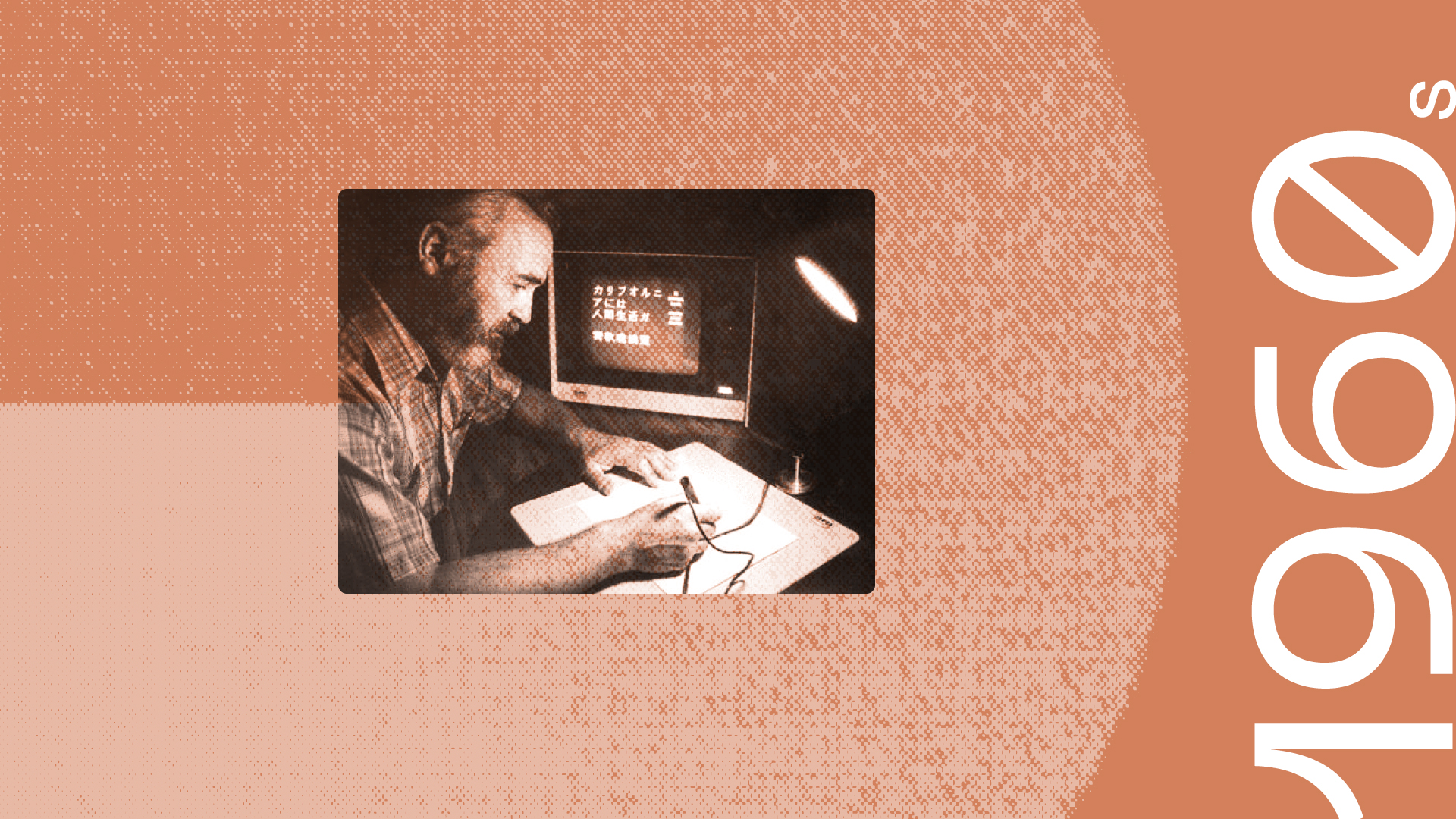
In the late 1950s, SRI’s Hew Crane began experimenting with electronic pens. He was familiar with the character recognition logic of ERMA, SRI’s bank check reader, and became interested in methods for recognizing normal handwriting in real time—in contrast to the recognition of preprinted information. This pioneering work laid the foundation for three important applications
- Signature verification (A good forger can reproduce the appearance of a signature, but reproducing its dynamic sequence is more difficult.)
- Direct computer input of pictographic characters, as in the Chinese, Japanese, and Korean languages
- Pen-input computing systems that rely on writing, or a pen, instead of a keyboard and mouse
Crane’s early work culminated in a first patent in 1964 for a special pen device. These initial efforts took a more advanced form in the early 1970s with a system that used what was generally referred to as the “SRI pen” as a method of inputting characters into a computer. A basic method for inputting handwritten Chinese characters was published later in the same year. The first patent in the area of signature verification was issued in 1974. In 1991, SRI gained a patent for a version of the pen that takes dynamic information in five dimensions.
In 1981, SRI spun off Communications Intelligence Corporation (CIC) to commercialize its pen-input technology. Early CIC products included a pen-input notebook computer from NCR Corporation and the MacHandwriter, a product based on Japanese writing distributed by Apple. Today, CIC’s electronic signature solutions enable secure financial transactions over the Internet.
Read our 75th anniversary blog feature
75 years of innovation: Handwriting recognition



